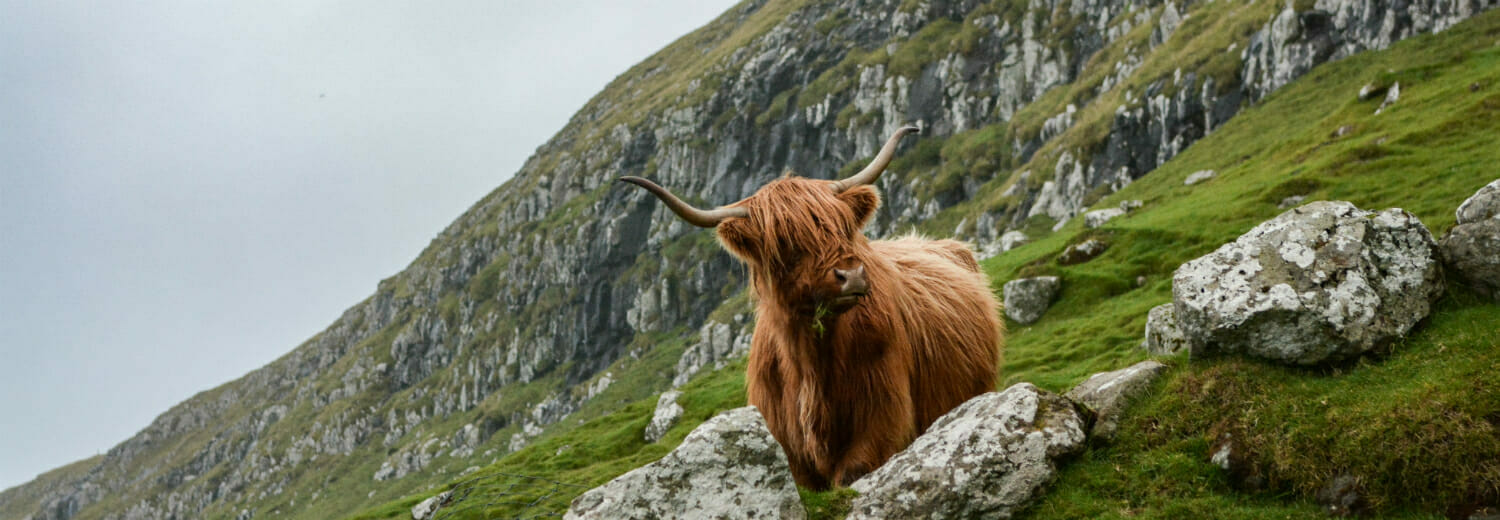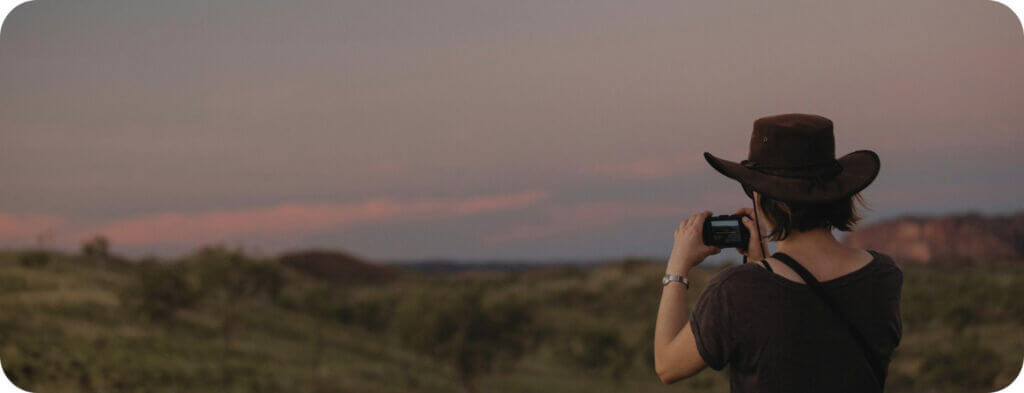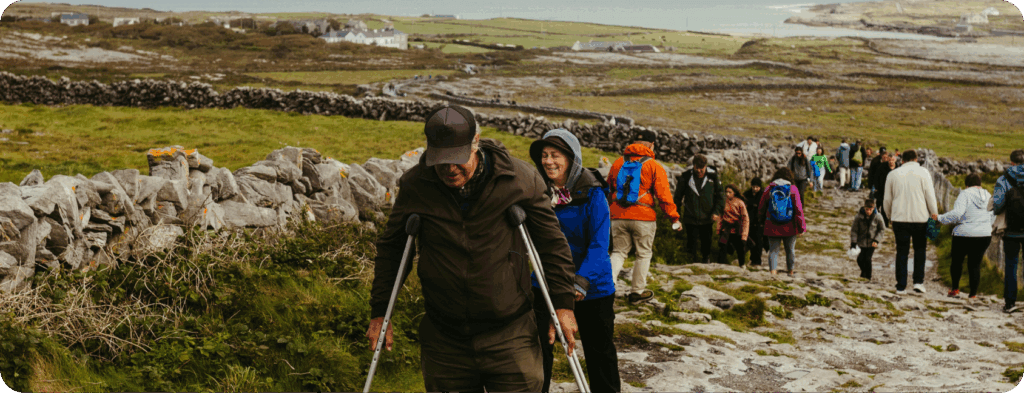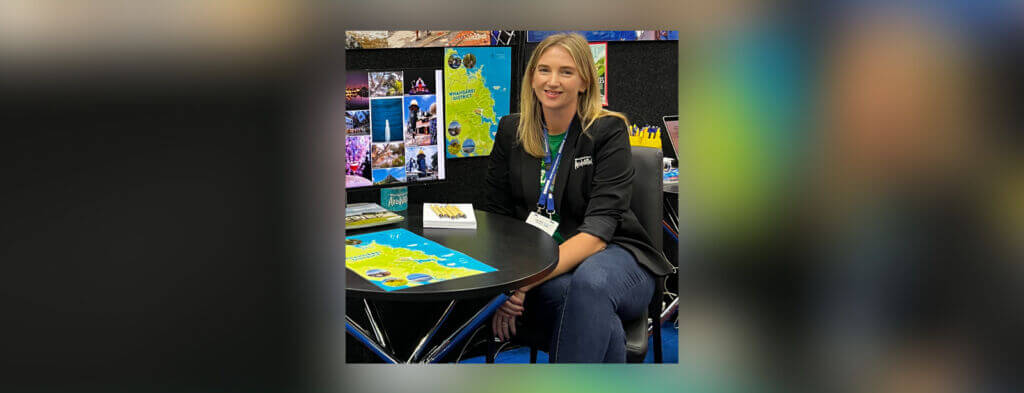It all began with the goal of getting the Faroe Islands on the map — literally.
The little known island nation, made up of 18 small volcanic landmasses halfway between Iceland, Norway and Scotland, totals less than 1,400 square kilometers, and is too small to be included on most world maps.
In 2012 the country’s tourism board set aside a budget equal to less than $340,000 USD for its small team of six, with the lofty goal of doubling its tourism industry by 2020 and securing its place on one very specific map.
“We know that Google Maps and Google Street View is synonymous with the world map today, that’s what everyone uses, and we were not on Google Street View, which is why we wanted to see if we could get them to come here,” said Guðrið Højgaard, the Director of Visit Faroe Islands.
The resulting campaign, Sheep View, was perhaps the biggest viral hit in the tourism industry of the past decade.
Launched in July of 2016 with a shoestring budget and the season’s tourism industry on the line, the Visit Faroe Islands team strapped cameras to a few of the country’s 80,000 sheep, and allowed users to interact with the resulting videos.
“We have more sheep than people; they are everywhere in they Faroe Islands, they walk the streets, so they were an easy solution,” said Højgaard, adding that the human population of the islands is less than 50,000. The campaign, which can be found at Sheepview360.com, features both a video blog about the project and actual footage gathered by sheep.
The effort, explains Højgaard, was largely a marketing ploy to get Google and the rest of the world’s attention, rather than an actual effort to map the island using sheep.
“At the end we got more than 2 billion impressions and about 50 million euros [approximately $56 million USD] in PR value. The goal was both to get more attention, that was the primary goal, and the second was to get Google Street View. And we got both.”
Suddenly, the Faroe Islands is on the World’s Radar
After discovering the campaign, Google’s official Twitter account, which boasts more than 18 million followers, began Tweeting about their intentions to visit the island. Soon after major international media outlets began following the story of the underdog nation fighting for its place on the map.
“We were suddenly so busy, we were on the media all the time, we were working 24 seven just to answer all the questions from all the international media, and we were very surprised that the reaction was so big.”
Højgaard adds, “Of course we thought we had a great idea, but working with PR you never know.”
Only two months after launching the campaign a plane carrying five Google representatives and Google Street View cameras touched down in the Faroe Islands for the first time.
“They have been making the footage for some time,” said Højgaard. “The country will be put on Google Street View quite soon.”
Staying True to its Roots
The effort has also pushed the country’s tourism industry beyond its accommodation capacity, at least in the summer season, but Højgaard doesn’t anticipate more hotels being built to accommodate the sudden influx.
“It’s a positive problem because you can always build yourself out of it, but at the same time we want to keep the islands authentic and unique and small. People come here because they want to be with nature, and tranquility, and to not be around too many people.”
As a result Visit Faroe Island hasn’t spent any of its 2017 marketing budget yet. Højgaard says that she and her team are already prepping their next project for launch this autumn, but doesn’t expect the same viral reach as Sheep View.
As Visit Faroe Islands works to keep the tranquility of the country intact the buzz about its enormously successful campaign continues to grow to this day. Visit Faroe Islands’ relatively low budget campaign is cleaning up this marketing industry awards season, leapfrogging the accolades of organizations with significantly more resources and brand recognition.
One Year Later: Lessons Learned from Sheep View
Sheep View surpassed hospitality giants Airbnb and Marriott as well as well funded tourism destinations like London and Partners and Destination Canada in the 2017 World Media Awards, where it received the top prize in the travel and tourism category and second place overall across all seven marketing categories.
The destination marketing organization’s project has also won four Epica awards, four Creative Circle Awards in Copenhagen, were the top winners at the Danish Digital awards, took home a Golden Bear in Berlin and the top PR award in Sweden. Hot off the presses, Sheep View just won 3 Lions at the 2017 Cannes Advertising Festival – one gold, one silver and one bronze!
Højgaard says that if she’s learned anything from the success of the campaign it’s that when it comes to marketing a destination, big budgets and brand recognition are no match for authenticity and sincerity.
“You should focus on something unique about your destination, and then it’s just planning, planning, planning,” she said. “Sheep is something we had in our destination, that told the whole story. It was a very simple story, kind of a David and Goliath story, but being sincere and at the same time taking a local perspective, that’s what made this story unique.”
Højgaard explains the country isn’t home to major tourist attractions, world-renowned restaurants or a vibrant nightlife; it’s home to some passionate people, and a heck of a lot of sheep. With this project, however, the country has proven that that’s all one needs to secure their place on the map.
Interested in more amazing marketing campaigns? This eBook is for you:













